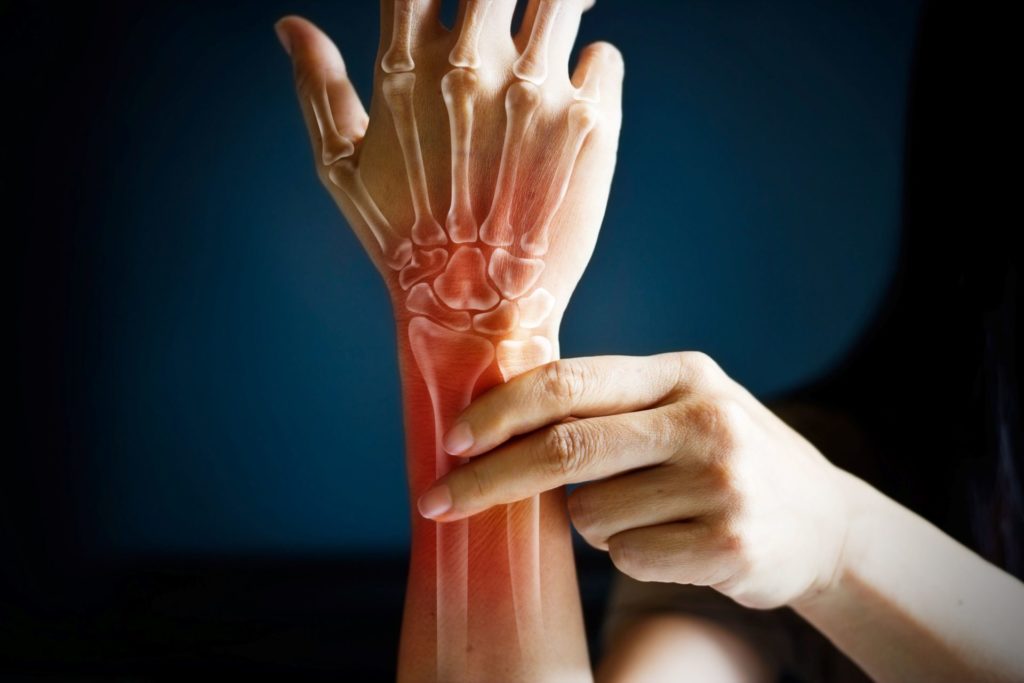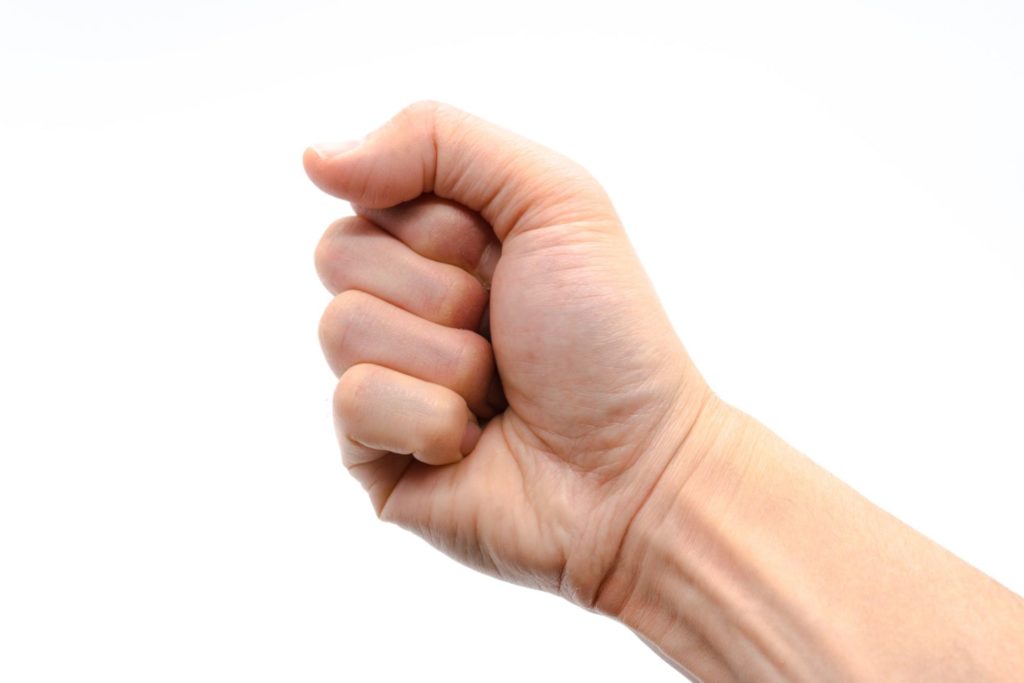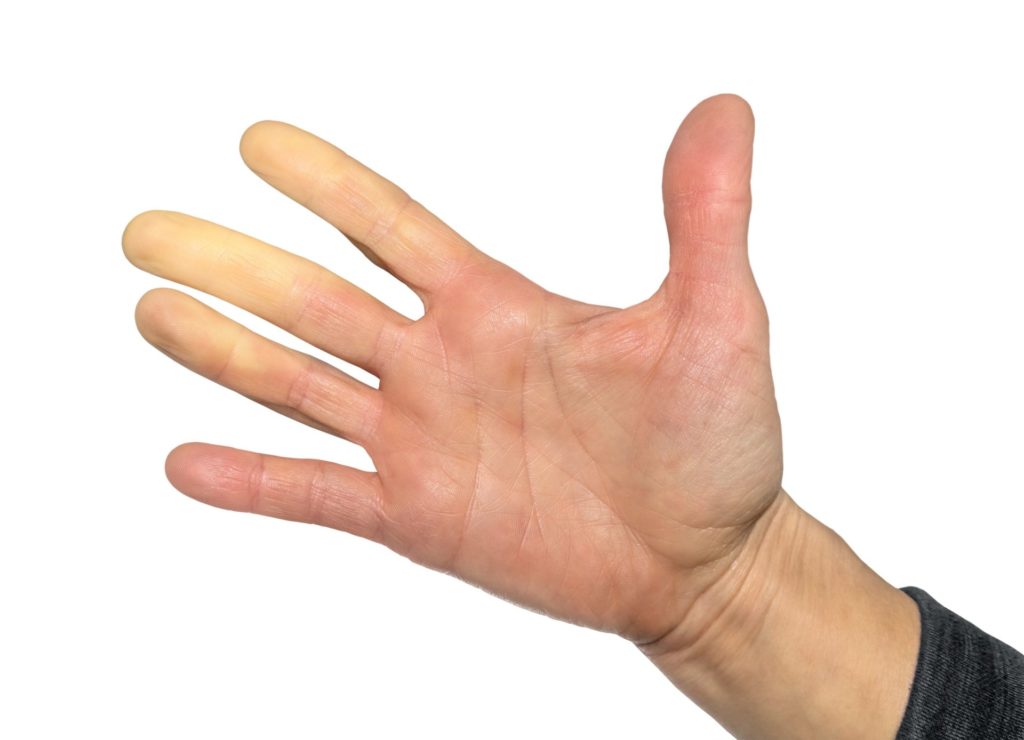Everybody encounters injuries to the hand occasionally. However, if the pain persists it may be time to speak to your surgeon. Often, untreated injuries to the hand can lead to worsening symptoms such as regular stiffness of the joints and knuckles, and can potentially escalate to a permanent loss of the hand’s function, affecting daily activities.
In this blog, we will discuss the many signs and symptoms you shouldn’t ignore and when it is time to discuss your options with a hand surgeon.
Nightly Pain
Interruptions to our sleep are never ideal, sleepless nights affect our concentration, happiness and productivity to name a few. If you encounter pain that leaves you struggling to sleep at night or noticeable discomfort when waking up in the morning, it is likely you are experiencing symptoms of carpal tunnel syndrome.
Carpal tunnel syndrome (CTS) occurs when there is pressure placed on the nerve in your wrist. It can cause aches and pains to the hand, weakening of fingers, as well as a tingling sensation or numbness. If these symptoms reoccur often or over a prolonged period of time, it may be best to speak with your surgeon about the treatments available.
Surgery usually cures CTS. In this instance, your surgeon will numb the area and release the median nerve by cutting the transverse carpal ligament. The procedure has minimal risk and takes around 20 minutes, with a speedy recovery time for those patients wanting to return to normality as soon as possible.
Weakening Fist
If you notice yourself struggling to clench your fist, it may be an indicator of a larger issue. The first possible explanation for this symptom is tendon, nerve or joint problems, as these issues tend to weaken the hand. Trouble making a fist could be a sign that you are developing rheumatoid arthritis which is a painful condition, stiffening the joints.
As mentioned previously, this could also be a sign of carpal tunnel syndrome (CTS), as CTS usually weakens the hand to the point that you struggle to keep a grip on objects, often dropping things more easily.
If any of the above symptoms concern you, make sure to contact a specialist to help you develop an effective treatment plan.
Restricted Motion In Fingers
Pain that limits movements in the fingers, a popping or a clicking sensation, may be a secondary cause for concern. Clicking that disrupts the usual movements of the finger, especially when straightening the finger out, can be an indication of trigger finger.
Trigger finger is a condition that affects the hand’s tendons. If a tendon becomes irritated and inflamed, it can catch in the tendon’s sheath. Symptoms can include pain at the base of the hand, difficulty moving fingers or thumbs and a lump in the palm of the hand. The severity of trigger finger can vary from person to person, but if left untreated, the affected finger may become permanently bent, making everyday tasks difficult.
Surgery can be avoided if treated early on. Exercising the area, splinting and physical therapy should help release locked fingers. Surgery ought to be used when all other treatments have failed, which involves a surgical cut into the palm to release the pulley. Whilst surgery isn’t likely to cause any further complications, recovery time can take anywhere between 4 and 6 months and you could need further physical therapy to eliminate pain completely.
White Fingers
During the colder seasons, you might notice your fingertips turning white or even blue, accompanied by a numbing sensation. White fingers are commonly referred to as Reynaud’s phenomenon. Reynaud’s appears when the blood vessels in the fingers or toes go into a spasm or shock.
The loss of blood from the finger tends to resolve itself once the hand is warmed up again. If you find yourself experiencing symptoms of Reynaud’s, the simple solution is to protect your hands from the cold by wearing gloves or keeping your home heated during the winter periods. Encountering severe flare-ups of Reynaud’s is typically more painful, and can often be a tell-tale sign of an underlying autoimmune condition such as scleroderma or rheumatoid arthritis.
Whilst protecting the hands from the cold usually relieves milder symptoms of Reynaud’s straight away, severe cases of the disease can be treated through invasive procedures such as nerve surgery. A surgeon can perform a sympathectomy procedure, making small incisions and stripping away the nerves from the blood vessels to decrease the severity of attacks, however, the effectiveness of this isn’t always guaranteed.
Thumb Pain
If you find yourself struggling with menial tasks such as opening jars or lifting things with your hands, you may be experiencing arthritis of the carpometacarpal joint. Arthritis of the carpometacarpal joint is considered as wear and tear. The reason behind the joint wearing down is due to the basal joint having many degrees of rotation. Symptoms for this shouldn’t be ignored, alleviating the pain is possible through regular exercise of the joint or taking prescribed pain relief medication.
Should you feel your symptoms worsen, talk with a surgeon about your options, as surgery often varies depending on your age, nature of arthritis and physical demand.
The majority of common hand injuries require rest and time to heal. Still, ignoring long-term or reoccurring pain in the hand will indefinitely cause more harm, meaning that surgery can no longer be prevented. Being aware of your symptoms and speaking to a specialist is the best course of action to deter any invasive treatments and long recovery times.
If all other treatment options fail, then hand surgery is a viable route to restore normality to everyday life.
If you’re experiencing any of the above symptoms, get in touch with Ladan Hajipour to book an appointment.




